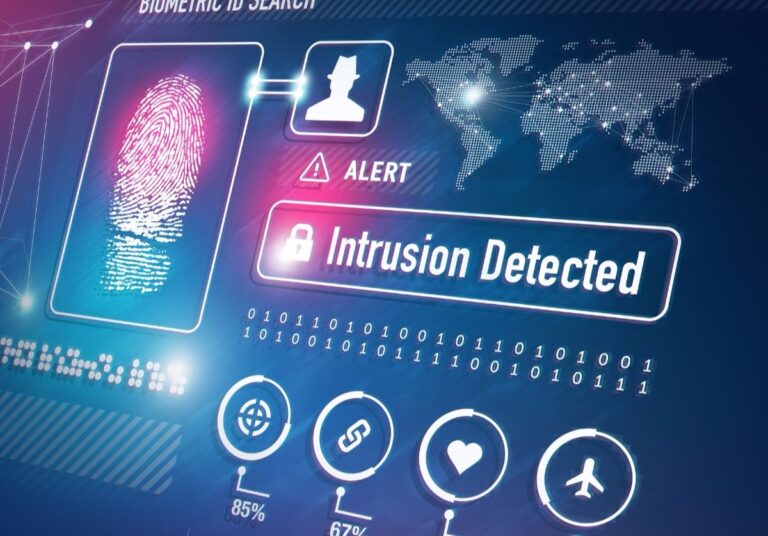

Cybercrime is one of the largest threats facing every individual and business in our country. According to the 2019 Cyber Threatscape Report, the top threats in 2019 include geopolitical actors, evolving cybercriminals, ransomware, supply chain threats, and cloud vulnerabilities.
Each threat could have a negative impact on you individually and to your organization, if you aren’t protected.
Recently, Accenture Security released the 2019 Cyber Threatscape Report with the top five threats being faced. They are:
Each of these threats poses a real danger. Over the next five months, I will address each of these threats, what they mean to you and your organization, and how you can protect yourself from them.
Compromising geopolitics itself, sounds complicated, but the threat is something we are all facing every day, inside of politics and outside.
Over the last few years, you would have to live under a rock to not have heard about the alleged Russian interference with the previous presidential election. Whether or not you believe there was interference is outside the scope of this column.
The bulk of the alleged actions were through the use of advertisements and news posts through social media. The threat is very real.
In today’s social media world, truth doesn’t matter to the viral nature of a media post. From an individual perspective, read the comments section of the latest news story posted to Facebook, and you will find that truth doesn’t really matter.
In a recent story posted about a teenager getting in trouble with the law, the comments immediately made judgments about the child, the mother, and father, along with their ability to raise a child. In the social media world, the truth typically doesn’t matter to the viral nature of what happens. On the surface, perhaps this is something that you just ignore. That will be fine in many situations.
However, what if you are the target of false information? It could have the potential to impact your business. That becomes something that may require more from you.
There are two examples of restaurants in our region negatively impacted by the viral nature of Facebook. In one case, someone posted they had a milkshake served with a cockroach in it. In another case and different restaurant, someone posted they walked in the restaurant multiple times to find mice running around the dining area. Both are gross.
As you might expect, users of Facebook immediately called for boycotts of both restaurants. Honestly, both restaurants were ones that I would visit monthly, and I questioned whether I should go there. In one’s mind, the first thing you think about is whether you should stop going. Second, you think about whether it is true or not.
As expected, both posts had a significant negative impact on their businesses with lost revenues. Both examples turned out to be false. By the time the truth came out, no one cared. The negative feelings were already there.
Take these examples to a larger scale. How many times have you or someone you know posted or reposted a nice story about a veteran, a negative story about a politician that you don’t like or something similar?
Of course, Facebook is full of stories like this every day. The underlying assumption that you make by reposting the story is that it is true. That is not necessarily the case. Most times, the story is consistent with something that you want to believe is true, but may or may not necessarily be true.
These stories are a great way for an organization or nation to push misinformation. State and non-state actors are using social media more and more. Not only by spreading false stories, but these bad actors have also started using artificial intelligence (AI) to increase the value of their lies.
A new concept called “deepfakes” is allowing really high-quality FAKE videos. To see a great example of a deepfake, Google “deepfake Tom Cruise.” It shows Bill Hader morph into Tom Cruise on a CBS interview. It is amazing and scary.
How many things do you see on the internet and believe it? Well, if your friend posted it, it must be true, right? Well, there is video proof, so it is must be true? Whether it was the previous election, next election or every day in between. One of the most dangerous tools at a bad actor’s disposal is social media and the ability to spread misinformation. With technology’s evolution, the threat is only growing.
In no way am I suggesting that you quit using social media. What I am suggesting is that for the sake of you, your organization, and your community, you must scrutinize everything before you believe it.
Michael Ramage is the director of the Center for Computer and Information Technology at Murray State University. The Center for CIT researches various areas of computer and information technology as well as serving as a liaison between the academic and private sectors to ensure a sufficient technology workforce is available. Reach him at [email protected], or 270-809-3987, for more information.
Originally published in the Four Rivers Business Journal.